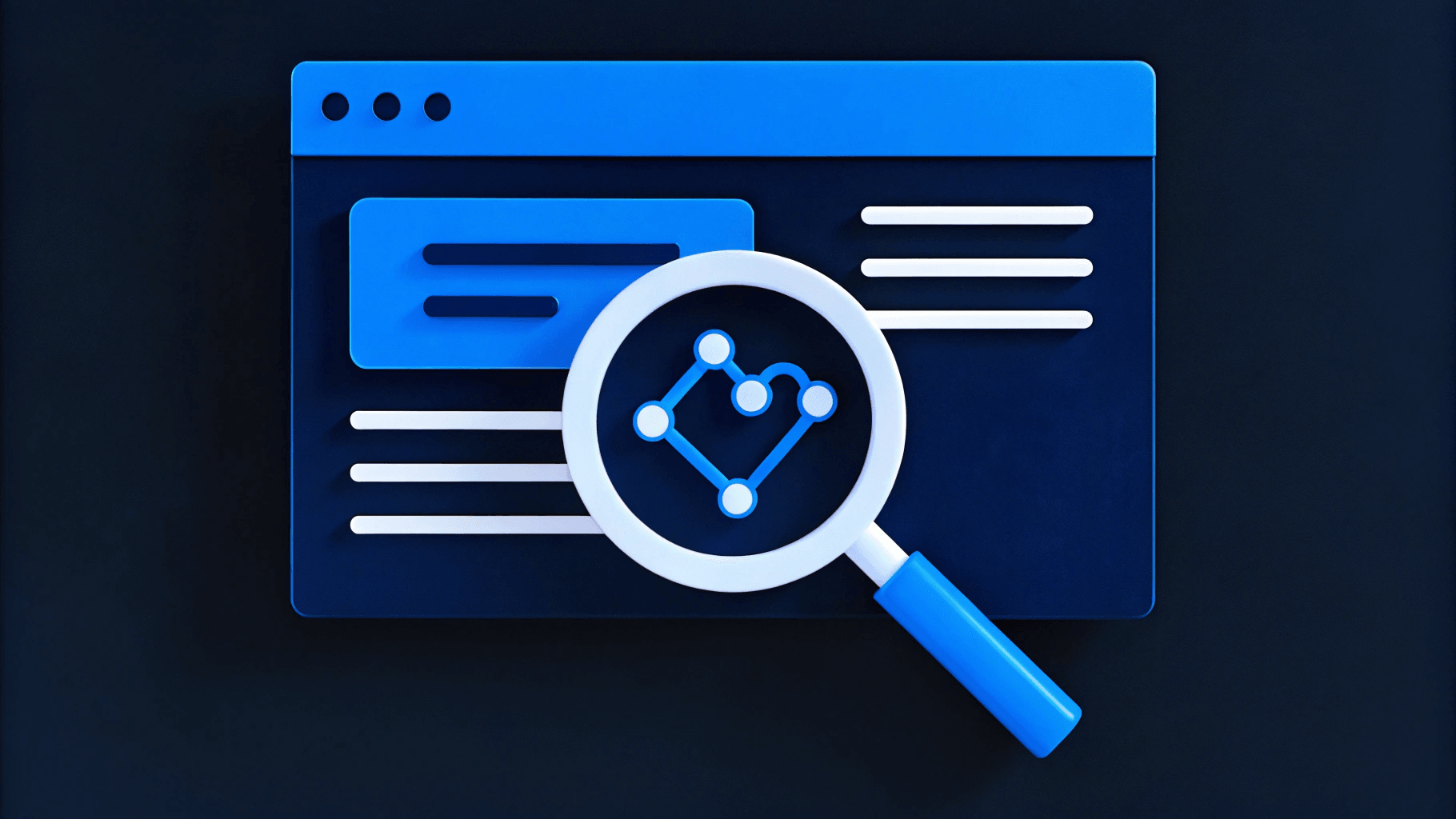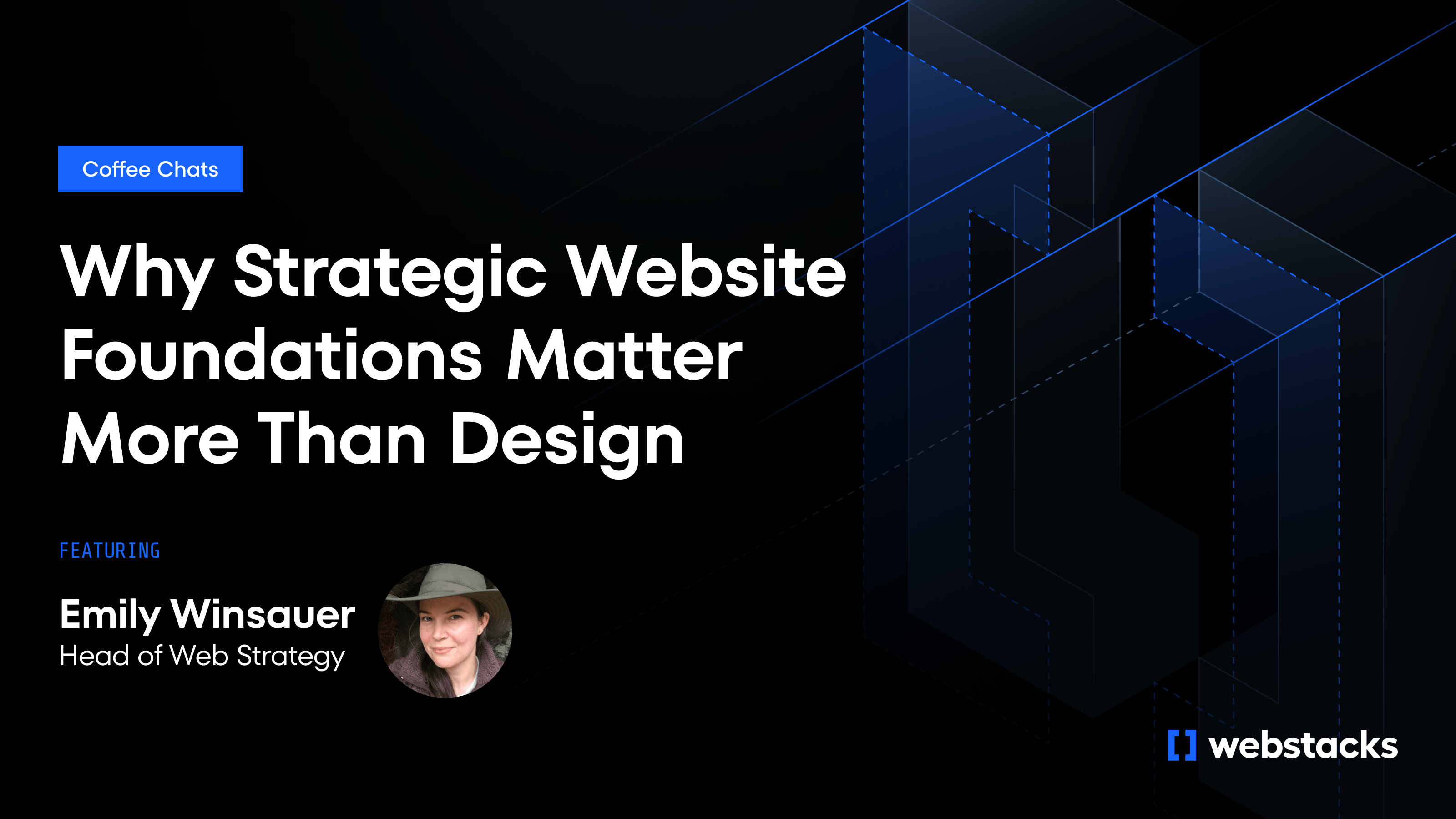When you’re redesigning your website, it’s easy to get overwhelmed by all the things that need to be done. A website redesign checklist makes it easier to organize tasks and delegate them to the right people.
This checklist is built for B2B leaders who need outcomes: agility, speed, and systems that support marketing. Whether you're scaling or modernizing an enterprise stack, here’s how to launch a high-performing website in 2025.

1. Conduct a Comprehensive Site Audit
Before you can build a better site, you need to understand what’s holding your current one back.
For B2B teams, a site audit involves basic things like identifying broken links or outdated design. But it also means identifying structural issues that limit your marketing team’s velocity.
Is your CMS slowing down content production? Are technical issues hurting your SEO performance? Is your dev team drowning in small change requests? These are the red flags a strategic audit should surface.
What to evaluate:
- Content operations: Can your team publish without dev support? Are workflows efficient?
- Performance: Page speed, Core Web Vitals, mobile optimization, and overall Lighthouse scores.
- SEO: Indexing issues, outdated meta content, lack of structured data.
- User experience: Confusing navigation, outdated UX patterns, or friction in key conversion paths.
- Tech stack: Is your CMS flexible or rigid and holding you back?
2. Align Stakeholders and Define Objectives
One of the biggest reasons redesigns stall, or fall short, is misalignment. When marketing, design, and engineering teams aren’t on the same page, timelines stretch and priorities clash. That’s why stakeholder alignment should happen before a single wireframe is sketched.
Redesigning your website is a chance to rally your team around shared business goals. Whether it's increasing qualified leads, speeding up campaign launches, or supporting a rebrand, those objectives should guide every decision that follows.
What to do:
- Bring in the right people early: Marketing, design, engineering, content ops, and leadership.
- Define success metrics: Tie redesign goals to measurable outcomes—conversion rates, time-to-publish, organic traffic growth, etc.
- Clarify roles: Who owns content? Who signs off on UX? What’s the dev team’s bandwidth? Do you need additional support for in-house engineers to meet deadlines?
- Document a shared vision: Keep it concise, strategic, and accessible to all contributors.
Alignment at this stage sets the tone for a better redesign that solves the right problems.
3. Develop a Modular Design System
In a high-growth environment, your site needs to look good and move fast. A modular website design system gives your team the building blocks to launch pages, run experiments, and evolve your brand.
Webstacks builds using atomic design methodology, which involves creating reusable components (hero sections, CTAs, etc.) that work across your site.
Why it matters:
- Agility: Launch campaigns faster with pre-built, brand-aligned modules.
- Consistency: Maintain a unified experience across pages, teams, and markets.
- Scalability: Easily expand your site as products grow or go-to-market strategies shift.
- Efficiency: Reduce back-and-forth between teams.

4. Choose the Right Technology Stack
Your tech stack should serve your developers, and work for the entire team. Modern website redesigns often pair with CMS migrations.
We usually guide clients toward headless, composable platforms such as Contentful when it adds value. Paired with frameworks like Gatsby, your team gets a site that performs at scale and empowers marketers to own content. (This is the exact combination our client Justworks used for their redesign.)
What to consider:
- CMS flexibility: Can marketers create and edit pages easily?
- Performance: Does your stack support fast load times and SEO?
- Integration: Will the platform connect with your CRM, analytics, or personalization tools?
- Scalability: Can it grow with your product, team, and content needs?
The right stack lays the foundation for a site that’s powerful at launch and adaptable as your business evolves.
5. Factor in SEO and Performance
A beautifully redesigned site won’t move the needle if it’s slow, invisible to search engines, or underperforms in conversions. SEO and performance need to be embedded from the start.
The process involves aligning technical SEO with high-intent content, and building for speed across all devices.
Where to focus:
- Core Web Vitals: Ensure fast load times, stable layout shifts, and responsive interactivity.
- On-page SEO: Use relevant, intent-driven keywords, optimize metadata, implement internal linking strategies.
- Technical SEO: Address crawl errors, structured data, canonicalization, and mobile-friendliness.
- Site architecture: Organize content intuitively for users and search engines.
6. Plan for Content Migration and Governance
Redesigns often stall at the content stage, not because content isn’t important, but because it’s underestimated. Without a clear plan, you risk broken links, lost SEO value, and a chaotic launch.
During the content migration process, you should also audit what to keep, rewrite, or remove, and set up governance so your team can manage content at scale moving forward.
What to include in your plan:
- Content audit: Identify what’s outdated, underperforming, or redundant.
- Redirect strategy: Map out 301 redirects to preserve SEO equity.
- Migration tools/processes: Use structured imports or manual entry where needed,
- Governance framework: Establish roles, workflows, and content guidelines so teams can manage pages,
7. Implement Analytics and Keep Improving
A website launch is only the starting point. Your redesign strategy should include a plan for measuring impact and iterating often.
With the right analytics in place, you can turn your website into a constant source of insight. What content converts best? Where are users dropping off? Which features drive engagement? These are the questions that guide your next iteration.
What to set up:
- Analytics tools: Implement GA4, Hotjar, and any other relevant tools to track user behavior and conversions.
- Event tracking: Measure key actions like demo requests, downloads, and CTA clicks.
- Reporting cadence: Establish monthly reviews with stakeholders to evaluate performance.
- Test-and-learn mindset: Use A/B testing or iterative rollouts to continuously improve UX, content, and conversion paths.
Treating your site like a product means you never stop optimizing. And that’s how you keep it aligned with your business as it grows.
Transform Your Website Into a Growth Engine
The result of a successful website redesign is a website that performs and evolves. It will scale with your business, support agile marketing, and drive results.
You’ll also see faster publishing and better SEO performance.
So whether you’re at Series A or modernizing an enterprise platform, now’s the time to build something that lasts.
Explore our redesign services built for B2B teams or get in touch and we’ll help you map the right approach for your goals.




